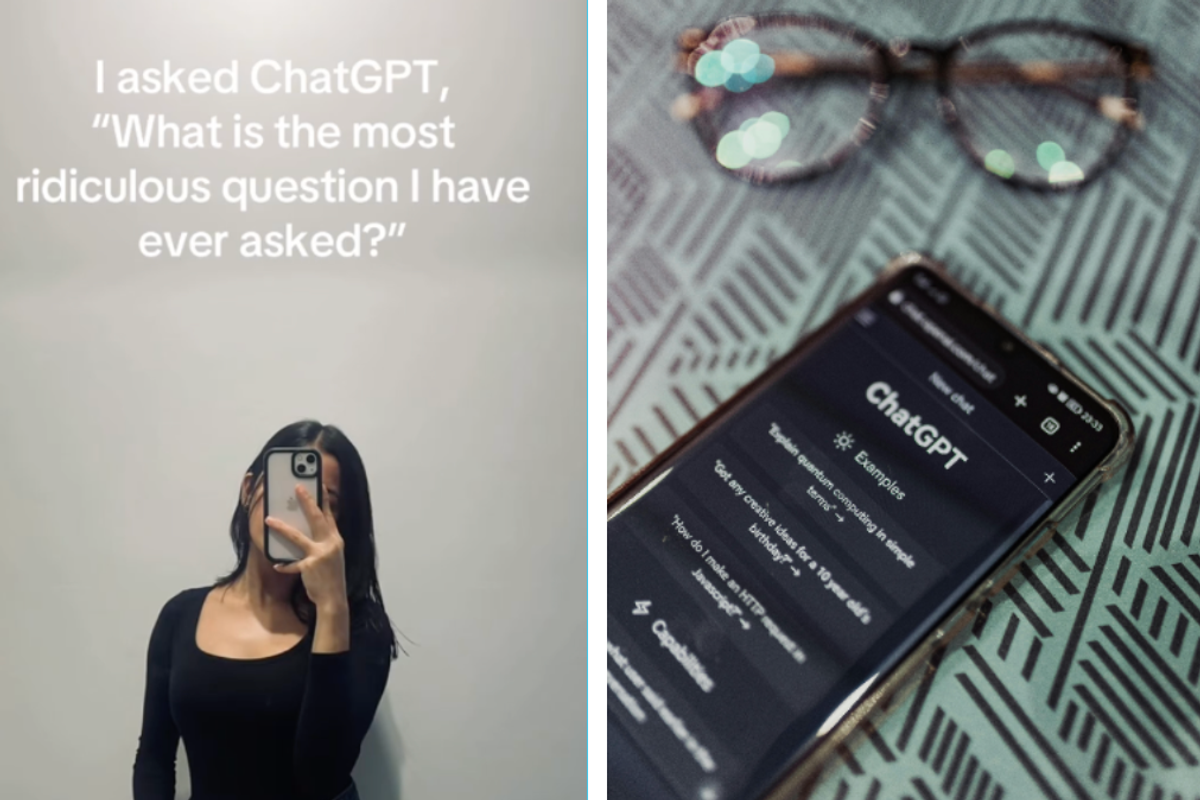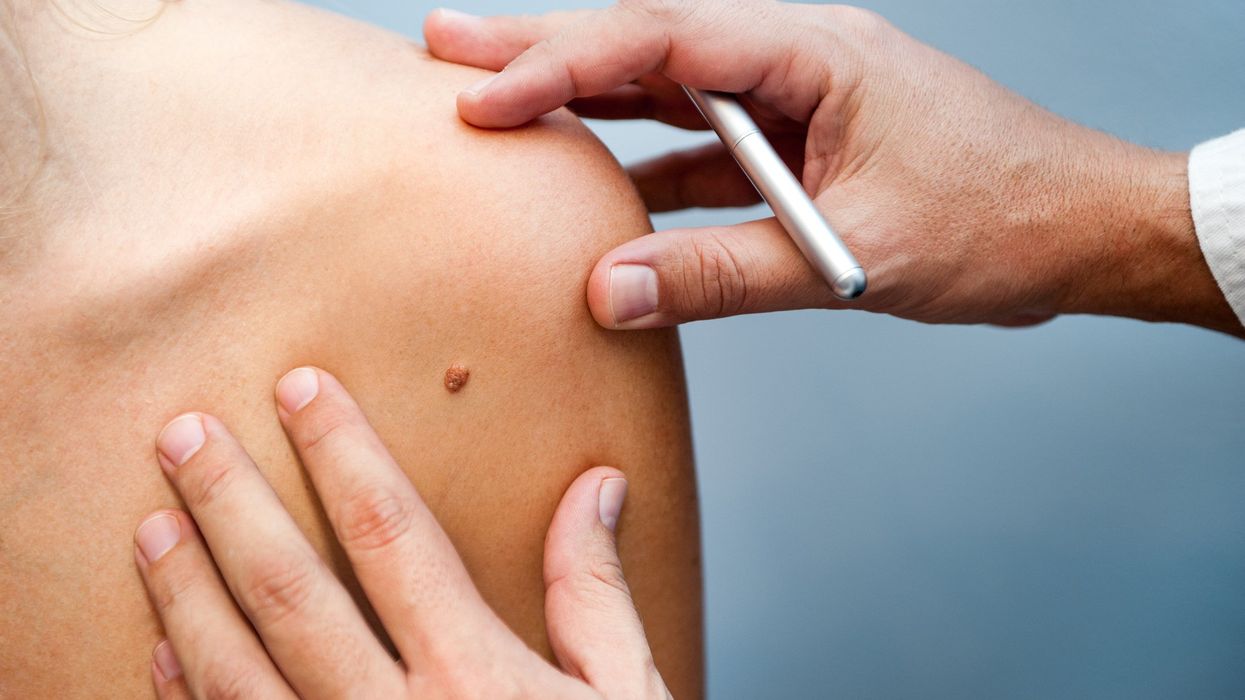
While most moles and body markings are generally normal, doctors are using social media to create awareness and an emphasis on having your body checked regularly.
Sunbed use, a family or personal history of skin cancer, and lighter skin tones with fair hair are among some of the factors that can increase the chance of skin cancer.
Last year, Khloe Kardashian candidly opened up about her melanoma scare after mistaking a marking on her face for a pimple.
"Be consistent with your skin cancer checks," she urged followers. "No one is exempt."
"I never imagined that this tiny spec would turn into skin cancer and I can't fathom what could have possibly happened had I not gone to the doctor to get it looked at," she wrote. "Paying attention to our skin and changes in our skin and our body, no matter how small, is so important."
So, how do you get checked? What does the appointment entail? And, how do you know if a mole is abnormal?
Indy100 spoke with The Mole Clinic to answer the all-important questions:
What are the initial signs a mole could be a cause for concern?
Nurse Laura of The Mole Clinic informed Indy100 of the 'ABCDE' method to identify suspicious moles:
Asymmetry: If the two halves of the mole don’t match
Border: Irregular, blurred or jagged border
Colour: Uneven or different colours
Diameter: The width of a pencil (6mm ) or more
Evolution: Changes over time.
"There's also the 'ugly duckling,'" she explained. "If the mole stands out or looks different from your other moles this should be further assessed."
"Additionally, if any moles are new or changing, look irregular in comparison to the rest of your moles or if you have any concerns, please make an appointment to get this checked."
Laura advised people to be aware of "any persistent, non-healing spots, sores or growth," adding: "If something hasn’t healed after 4 weeks we advised further assessment."
What is mole mapping and what is it used for?
Mole mapping is a non-invasive, innovative piece of equipment that examines the body to identify any new or changing moles or lesions.
A high-resolution camera captures photos of the body before being uploaded to the database.
After the baseline images are taken, it is recommended to return yearly for further imaging to monitor any changes or developments.
A trained medical practitioner carries out the mole mapping and is said to be beneficial for high-risk patients who have 100+ moles, or those who find it difficult to self-monitor.
What can people expect from their appointment?
The full body check and mole mapping at The Mole Clinic takes around 45 to 60 minutes. It's painless and stress-free.
Clients will confidentially discuss their medical history and any causes of concern before undressing for a full body mole check through visual assessment.
A dermatoscope (a handheld device that identifies structures and colours in moles or lesions that help identify possible skin cancer) is then used across any markings that require a deeper look.
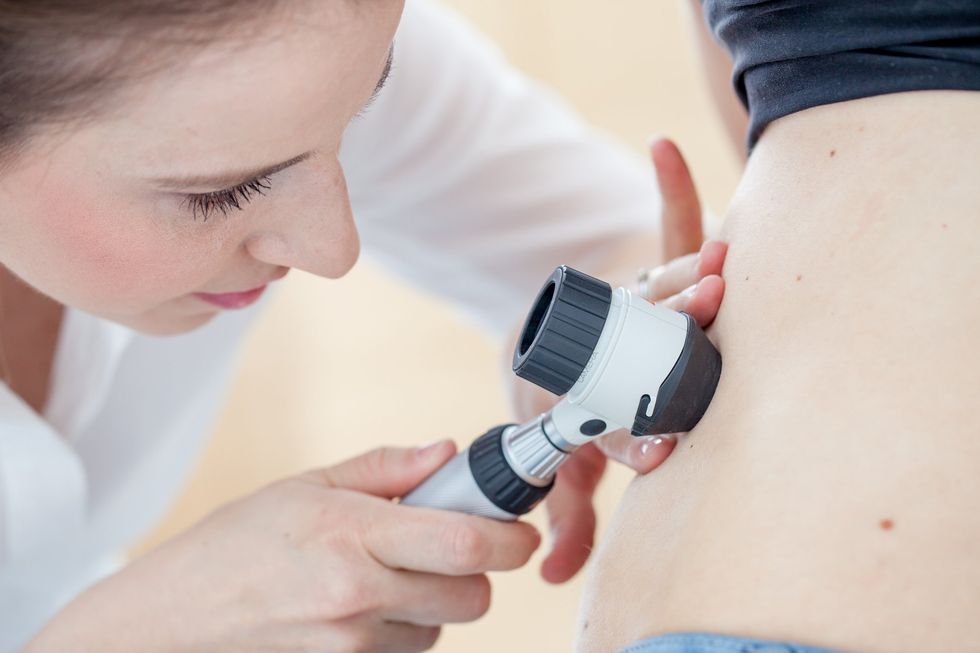
If anything suspicious arises, images are taken and sent off to a doctor for further assessment.
The second part of the appointment is the mole mapping session, which takes around five to 10 minutes.
Patients stand in various positions so the camera can capture all areas of the skin. This step helps nurses identify any new or changing moles when a client rebooks for a future check-up.
What are the next steps?
If nurses detect a mole or lesion that looks atypical or doesn’t meet the guidelines, images will be sent to The Mole Clinic's doctors for analysis.
Results can take up to three working days.
If the results show no cause for concern, patients will either be sent a report via email with no further action and advice to self-monitor.
If something is mildly atypical, a revisit is encouraged in either three to four weeks or three months. When a further assessment is required, a nurse will call and discuss the report with you.
"If a patient is required to see the consultant, they will review your history and assess the mole or lesion in question, they will then advise on the best course of action," Nurse Laura said.
"If a mole or lesion requires removal to check for any signs of skin cancer our doctor will be able to do this for you and it will be sent to histology for testing. The Doctor will then update you with the results once they have become available and will discuss if any further treatment is required."
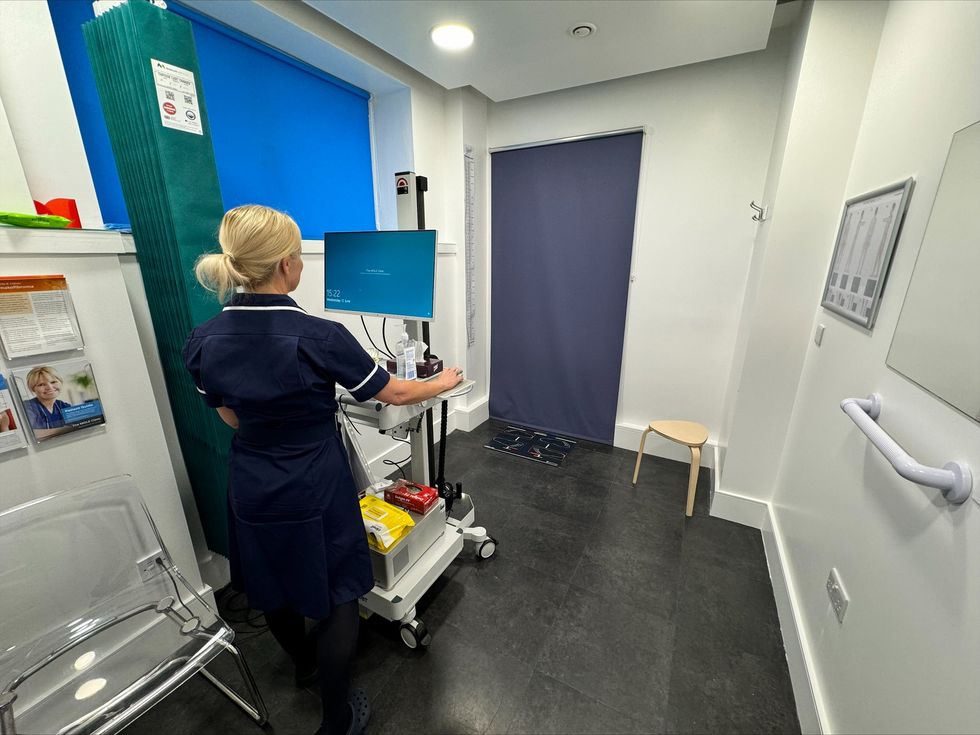
Nurse Laura also acknowledged that some patients may feel anxious ahead of their appointment, which is "completely normal."
She advised people to call ahead of the appointment if feeling nervous to raise any questions or concerns without judgment.
"If you are feeling extremely anxious you may bring a friend or family member in with you," she added.
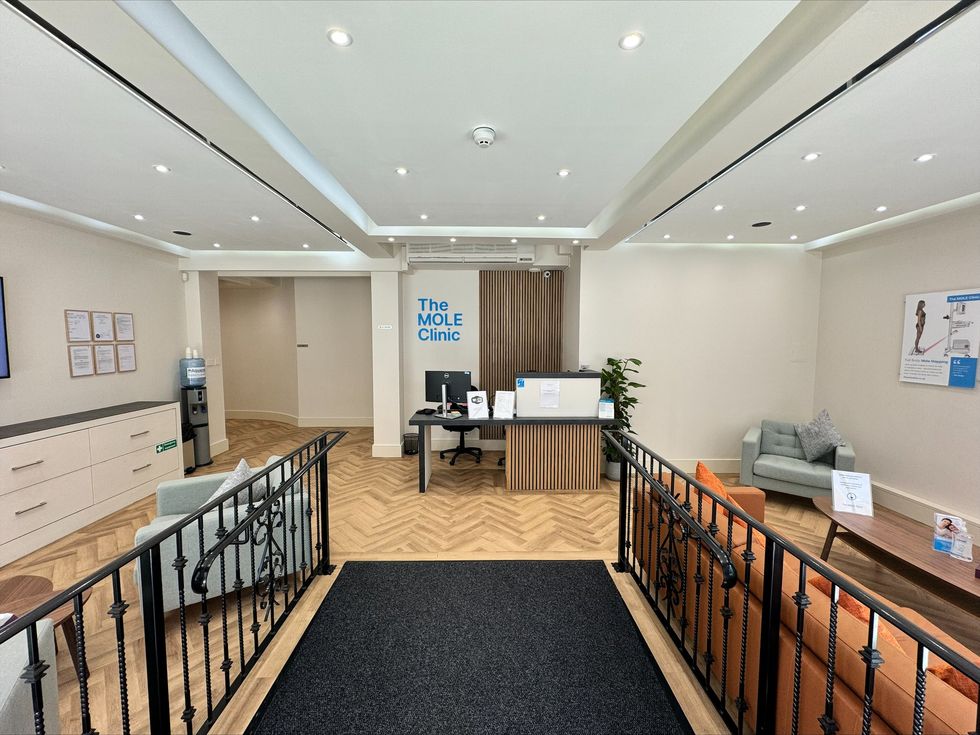
The Mole Clinic has locations across the UK including London (Oxford Circus and Harley Street), Manchester (St James Square), Birmingham, Brighton, Bristol, Edinburgh and Glasgow.
For more information or to book an appointment, visit The Mole Clinic or contact 0800 023 4212.
How to join the indy100's free WhatsApp channel
Sign up for our free Indy100 weekly newsletter
Have your say in our news democracy. Click the upvote icon at the top of the page to help raise this article through the indy100 rankings.
